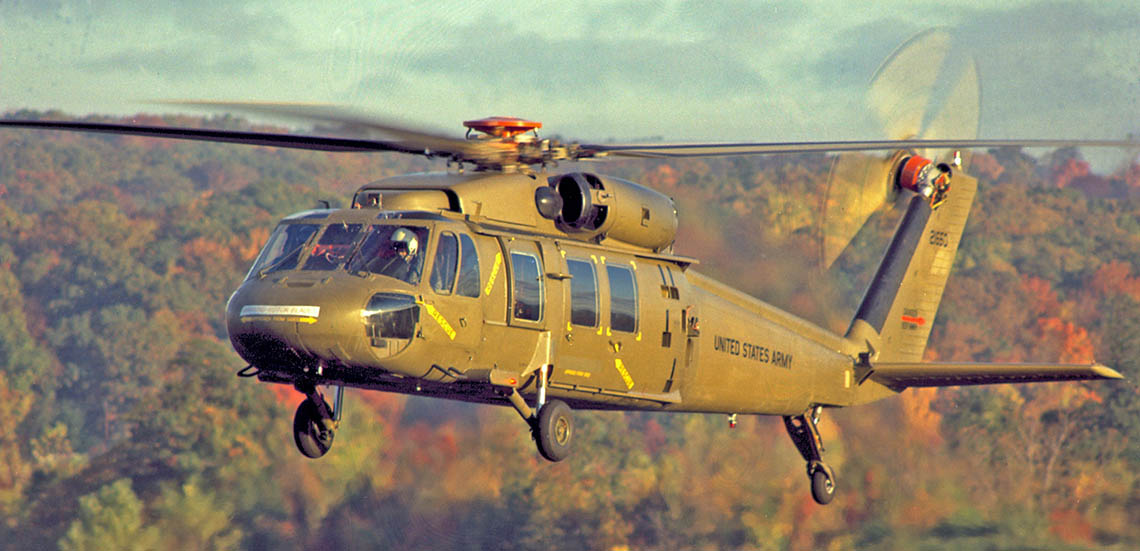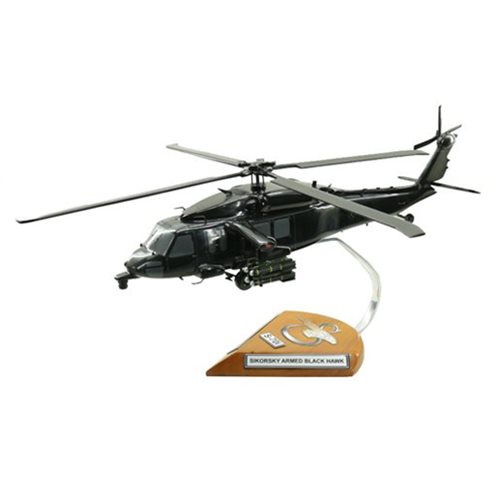Rotary-Wing Aircraft Offering Superior Longevity and Precision Design
In the realm of aviation, rotary-wing airplane have actually long been acknowledged for their unique capabilities in various operational settings. As we explore the detailed equilibrium in between technology and reliability in rotary-wing aircraft, it comes to be apparent that the merging of cutting-edge innovation and tried and tested style principles has actually established a new requirement for efficiency and effectiveness in the aerospace market.
Development of Rotary-Wing Technology
Throughout the background of air travel, the evolution of rotary-wing modern technology has actually been a testimony to continual advancement and development in aeronautical design. From the very early days of vertical trip with primary designs to the advanced helicopters and other rotary-wing aircraft of today, the development in this area has actually been impressive.
In the very early 1900s, pioneers like Igor Sikorsky and Juan de la Cierva made substantial strides in rotary-wing modern technology. Sikorsky's VS-300 helicopter, first flown in 1939, noted a turning point in the growth of practical rotary-wing aircraft. This success led the way for further improvements in vertical flight capabilities.

Today, rotary-wing aircraft play crucial functions in various fields, including military procedures, emergency clinical solutions, police, and business transportation. The advancement of rotary-wing innovation continues to press the borders of what is feasible in vertical flight, guaranteeing that these airplane continue to be crucial properties in the aeronautics sector.
Materials and Construction Innovations
Showing a combination of innovative products and precise construction methods, rotary-wing aircraft have gone through considerable innovations in sturdiness and efficiency. Among the key advancements in materials used for rotary-wing aircraft is the increasing usage of composite products. These products, such as carbon fiber reinforced polymers, provide a high strength-to-weight proportion, boosting both the structural integrity and total efficiency of the airplane. In addition, improvements in making processes have enabled for more elaborate and accurate building of rotary-wing elements, adding to improved the rules of aerodynamics and performance.
In addition, the combination of advanced coverings and surface area treatments has played a critical function in boosting the durability of rotary-wing aircraft. These finishings offer defense against deterioration, abrasion, and extreme weather, extending the life expectancy of the aircraft and minimizing maintenance demands.
In terms of construction technologies, additive manufacturing, additionally known as 3D printing, has reinvented the production of complex parts for rotary-wing aircraft. This technology enables for rapid prototyping and personalization, causing faster development cycles and reduced prices. In general, the constant development of products and building strategies is driving the capacities and performance of rotary-wing airplane to new elevations.
Precision Flight Control Equipment

The combination of GPS innovation better enhances the precision and reliability of these systems, permitting exact navigation, waypoint tracking, and automated flight control. sikorsky s 70. This level of accuracy not just boosts the security of rotary-wing procedures but additionally boosts general operational performance and mission effectiveness
Furthermore, the continual innovations in artificial knowledge and machine discovering have actually promoted the development of self-governing trip capabilities within Precision Trip Control Equipment. This makes it possible for rotary-wing aircraft to execute intricate objectives with unparalleled useful site accuracy and consistency, making them crucial properties in a vast array of applications, consisting of armed forces procedures, search and rescue objectives, and airborne digital photography.
Durability in Testing Atmospheres
Sought after operational settings, rotary-wing airplane demonstrate phenomenal resilience and toughness, ensuring ideal performance under tough environmental conditions. These aircraft are made to stand up to a vast array of environmental variables, including severe temperatures, high winds, and harsh terrain, making them appropriate for numerous goals in diverse landscapes.
One vital variable contributing to the resilience of rotary-wing aircraft is their sturdy building and construction. These airplanes are constructed making use of high-grade products and advanced engineering techniques to enhance their structural integrity and integrity. Additionally, elements such as rotor blades, engine systems, and touchdown gear are thoroughly made to withstand the pressures and anxieties experienced throughout operations in difficult settings.
In addition, rotary-wing aircraft are equipped with sophisticated onboard systems that keep an eye on performance metrics in real-time, permitting for aggressive maintenance and very early discovery of prospective problems - sikorsky s 70. This aggressive strategy aids protect against unanticipated failings and makes certain the continued airworthiness of the airplane sought after functional settings. In general, the toughness of rotary-wing airplane in tough environments is a testimony to their exceptional design and design, making them crucial possessions for various mission-critical operations
Maintenance and Dependability Criteria
The adherence to rigorous maintenance and integrity standards is paramount in making certain the optimum efficiency click over here and safety of rotary-wing aircraft. Regular upkeep checks, performed by qualified specialists, are important to identify and address any type of possible problems before they compromise the airplane's functionality. These checks encompass a thorough evaluation of all critical parts, including the engine, rotor system, avionics, and hydraulic systems, to guarantee that they are in prime working condition.
Furthermore, adherence to scheduled maintenance periods according to manufacturer guidelines is crucial for promoting the airplane's dependability. This aggressive method helps prevent unexpected failures and makes certain that the aircraft remains airworthy for its intended objectives. Furthermore, the execution of durable integrity criteria, such as regular element screening and substitute based upon predetermined lifecycles, better enhances the aircraft's reliability.
Conclusion

To conclude, the developments in rotary-wing airplane modern technology have actually caused remarkable longevity and accuracy design. With ingenious webpage products and building and construction techniques, together with precision flight control systems, these aircraft can run in difficult environments with increased reliability. The upkeep and dependability standards ensure that these rotary-wing aircraft proceed to execute at their finest, making them vital assets for various industries.
Showing a blend of advanced materials and accurate building and construction methods, rotary-wing airplane have gone through substantial developments in durability and efficiency. One of the essential developments in products used for rotary-wing aircraft is the increasing usage of composite materials.With thorough attention to information and advanced technical combination, rotary-wing airplane have embraced Precision Trip Control Systems as a foundation of their functional excellence. On the whole, the durability of rotary-wing aircraft in tough settings is a testament to their remarkable design and layout, making them crucial properties for numerous mission-critical procedures.
In conclusion, the developments in rotary-wing aircraft innovation have actually led to superior durability and precision engineering.